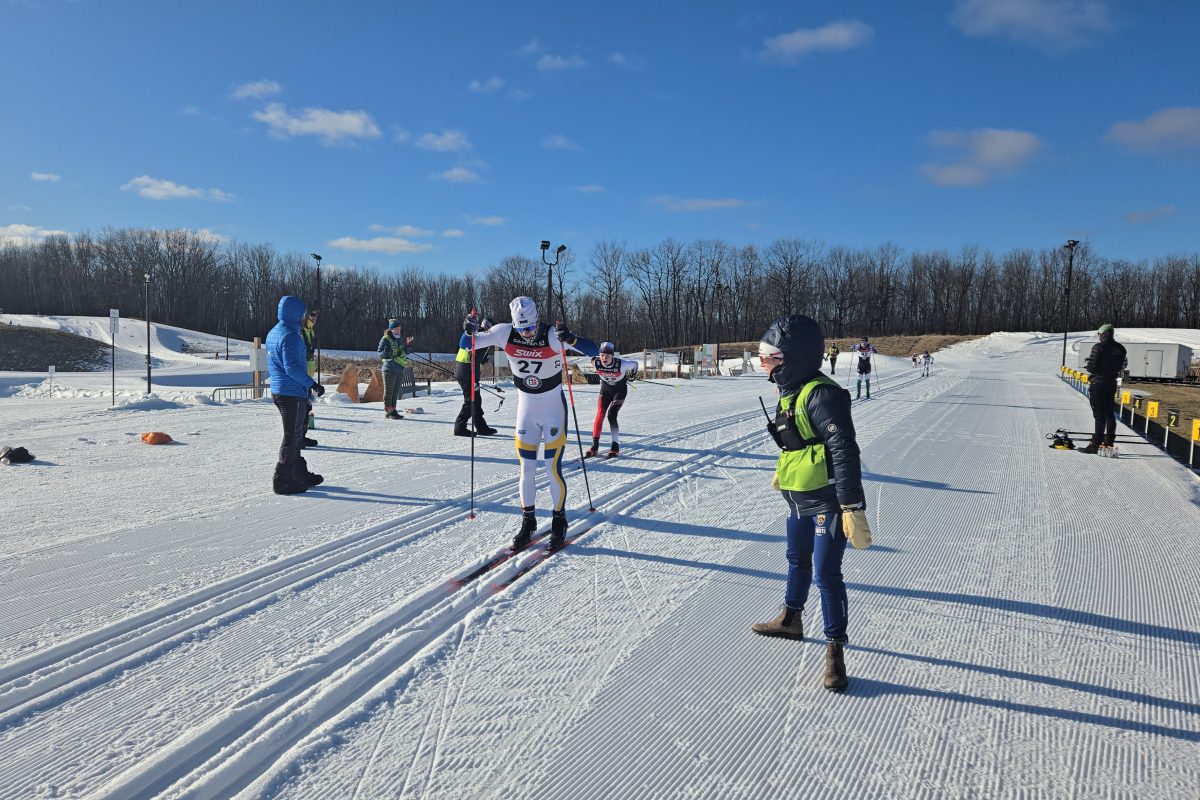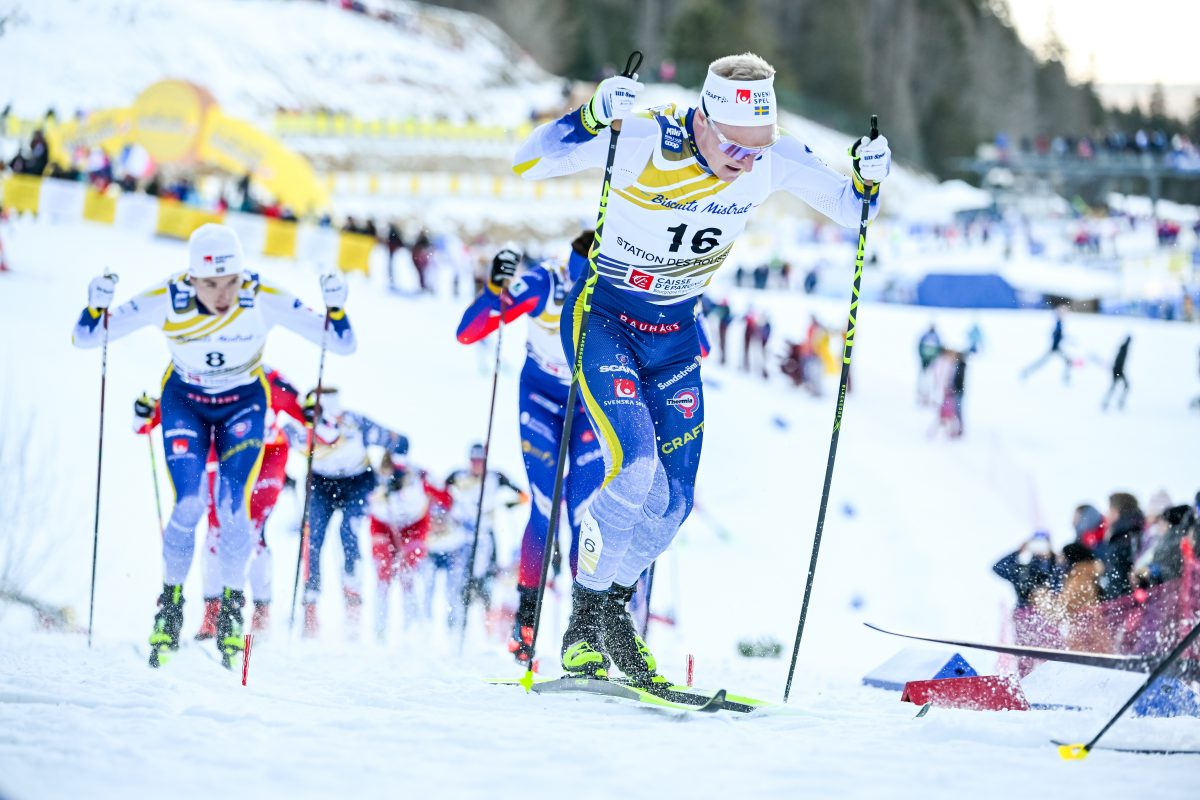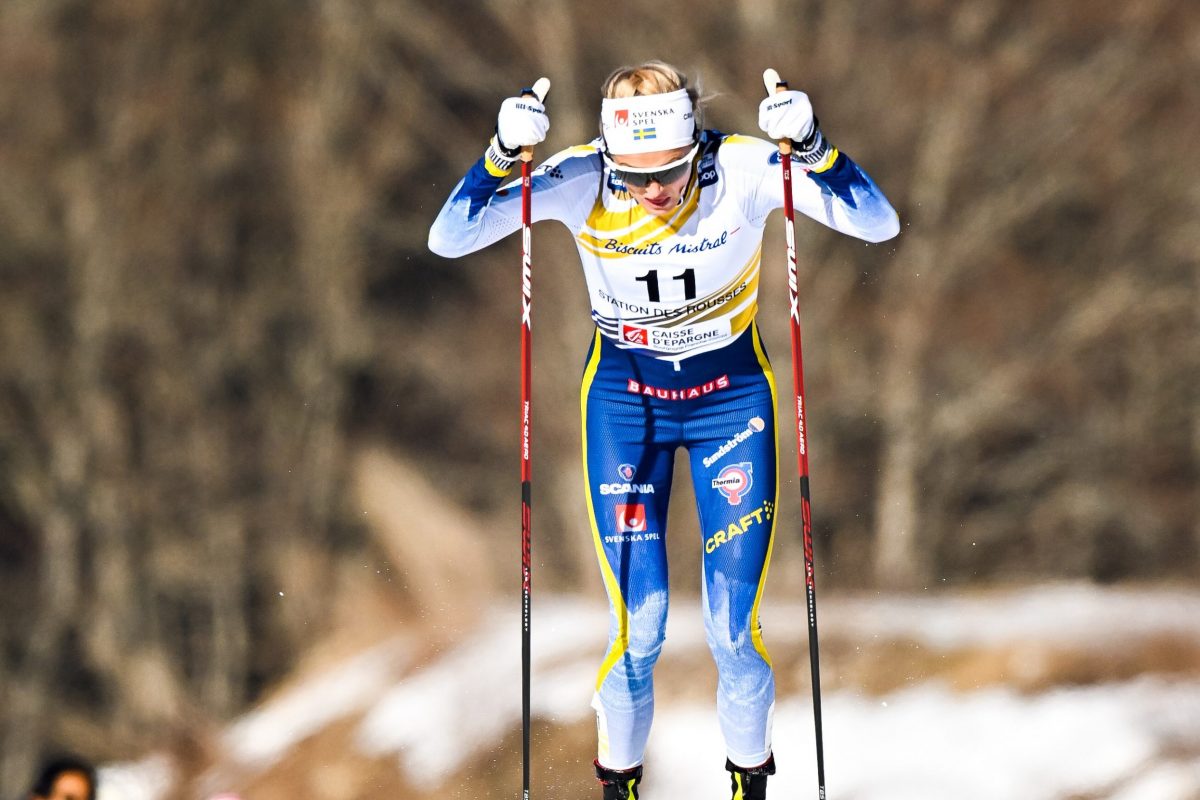
Every pre-Olympic year, World Cup events are held at the Olympic venues. This allows staff and volunteers to experience a full-fledged international event. Kinks can be worked out, and there is still plenty of time to make adjustments if need be. Additionally, it is on opportunity for athletes to become acquainted with the venue, and in the case of cross-country skiing, race on the Olympic courses.
Canadian Nationals were held at Whistler Olympic Park last spring, and both the Canadian and US National Teams have spent significant time training at the venue. But the recent World Cup events were the first opportunity for many European athletes to compete in the Callaghan Valley. The response to the new trail system was not overly positive, and generated significant controversy.
The Whistler Olympic Park Cross-Country competition trails were designed and built specifically for the 2010 Olympic Winter Games. The courses were laid out by John Aalberg, who was also responsible for the Olympic trails for 2002 Games in Salt Lake City. Aalberg has described the trails as “more technical” than other Olympic courses.
The first inkling that the race trails were not universally pleasing came on the day before the first World Cup race, when I was told that Canadian World Cup skier Ivan Babikov had described the pursuit skate course as being “too easy.” Of course, Babikov had recently won the Tour de Ski Final Climb, and would probably be happy skiing straight uphill for the entire 15km freestyle portion of the pursuit. Still it was interesting to hear World Cup courses described as being easy.
The controversy took off during the press conference following the men’s pursuit. Pietro Piller Cottrer of Italy won the race aided by a strong contingent of teammates in the lead pack. Despite the victory, and the obvious pleasure in that feat, Piller Cottrer had little good to say about the course.
Questions involving the race course are common at these press conferences. The FIS interviewer often asks the the top three for their opinions, and responses usually fall along the lines of “The course is great!” or “I love the course here.” Occasionally an athlete will say “The course was very hard for me, I am not a good climber,” or “downhill skier,” etc.
At Whistler, given the recent construction of the courses, questions from the media were heavily focused on athlete opinion.
Piller Cottrer strayed from the usual platitudes and went off on a controlled, yet passionate rant on the Olympic trails. He repeatedly referred to the venue as “a shame,” apparently communicating that it was a shame that so many resources had gone into building such poor trails. And this from the man who won.
Piller Cottrer’s outburst triggered major damage control by the FIS. The next day, Jurg Capol, the FIS Cross-Country Race Director, and Vegard Ulvang, Chairman of the Cross-Country Executive Committee, and a Technical Delegate, were made available to the media. Ulvang stressed repeatedly that in Italian, the word “shame” has a different meaning, and that Piller Cottrer was very sorry.
Given Piller Cottrer’s competence in English, and the passion of his words, both in tone, and reflected in his face, I have little doubt that he knew exactly what he was saying. Not that the trails were “shameful” but that it “was a shame” that better trails had not been built.
Piller Cottrer was joined by at least one member of the women’s podium from the pursuit in commenting that the courses were “too easy.” Additionally, one US athlete I talked to described the courses as “weird,” with so many sharp corners and odd transitions.
But Arianna Follis, who finished third in the women’s pursuit described the course as too hard for her – as she prefers gradual terrain with plenty of fast skiing. The Nordic Combined podium from the second day also found the courses plenty challenging and unremarkable in odd features.
Ulvang also stressed that Piller Cottrer is a climber – he wins races on big hills. Same with Babikov. Racers like courses they do well on. I would guess that Piller Cottrer arrived in Whistler, skied the course, and quickly realized that he will be hard pressed to win a medal next year – with a full field and courses that don’t play to his strength. That has to be disheartening, despite the World Cup victory – it is also part of ski racing.
US Nordic Combined star Billy Demong (who finished 1st and 3rd at the Whistler World Cups) made the point that there is no such thing as an easy ski race – different certainly, but not easy. He had nothing bad to say about the trails, speaking with the confidence of a man who knows he can perform whatever he is asked to race on.
Ulvang expressed great pride in the courses, pointing out that the technical nature requires skiers to push their skills in transitions and downhills.
From the non-World Cup perspective, the courses seemed plenty hard – big climbs and fast downhills. Though the climbs do not rival those at Canmore and there is much more gradual and flat terrain. Ulvang also mentioned that the courses were suitable for training, and this is true. The idea of skiing for several hours on the Canmore courses is horrifying. At Whistler, while challenging, such a workout is quite reasonable. And though I can’t speak for athletes with World Cup, or even National caliber fitness, Ulvang’s statements support this experience.
This makes for trails that will remain useful after the Olympics – not only for World Cup events and National Championships, but for regional and junior events as well.
The controversy could be seen as a victory for Aalberg and the FIS. Clearly the Whistler courses are distinct enough from the standard on the World Cup circuit that they engender a strong reaction. Variety is good, and skiers need to be able to perform on all types of courses. Over the last weeks it has become clear that the US sprinters are struggling on longer courses with an uphill finish – at least in classic sprints. But you don’t hear them complaining about the courses – only focusing on improving their skiing and fitness to handle such terrain.
It is also worth noting that the sprint course is quite challenging – long with one very long hill out of the stadium. The men then have a second substantial climb, which the women ski the top half of. This sprint course is certainly harder than the course at Canmore.
The US athlete I talked with also hypothesized that the FIS went with flatter courses in order to keep mass start events more tightly packed, resulting in mass sprints for the finish – supposedly more exciting for spectators. The challenging sprint downhills also result in numerous crashes, again something that spectators supposedly enjoy. Hopefully this is not true . I for one found the Whistler pursuit much more exciting than a race in which 30 skiers battle in the last 100 meters. Ulvang did say that the courses were designed with television in mind – though primarily to allow for beautiful views in the background of race shots.
View a video of Vegard Ulvang discussing the Olympic Courses at the Whistler Olympic Park.
Topher Sabot
Topher Sabot is the editor of FasterSkier.




2 comments
T.Eastman
January 29, 2009 at 11:13 am
John did a remarkable job with the design and construction of the trails at Whistler Olympic Park. The trails meet the FIS specifications and will serve the North American ski community long after the Olympics have faded from memory. One would expect that with a full strength start list, the complaining skiers will have their work cut out for themselves.
Martin Hall
January 29, 2009 at 1:35 pm
I can’t tell you how many international competitions I’ve been too, and as much you’d like to think it would possibly happen, no two courses are alike. That’s for starters—who cares what the skiers think—a race course is a race course—there will be a start and a finish—winners and losers—and they all have to figure out how to win on what ever courses they are on. Cottrer won, so the course can’t fit him too badly. Also, for all the people who don’t like it, there are an equeal number of skiers that do like it.
There is way too much of a big deal being made over this! Every venue brings it’s differences—like there is a lot of talk about the sprint course and how much double poling it takes to get to the finish line. Are these people complaining, nope there just talking about how much more emphasis they’ll put on there double pole training this next year and that is what Cottrer should be doing—get to work bub!!!!
T.Eastman—the Olympics very seldom fade away–its a pretty strong image and mark that it leaves where ever it goes.
It’s been just over 20 years since Canmore in ’88 and they have had to make everything there bigger and better because they have so many user days year round. One of the big draws are wedding parties held there—why do you think—yep, I got married or had my wedding party at the Olympic Cross Country Center.
A race is a race—even if it is out in the parking lot and there will be winners and losers—that’s the way it is—it’s no big deal! Put on and just go like stink!!!